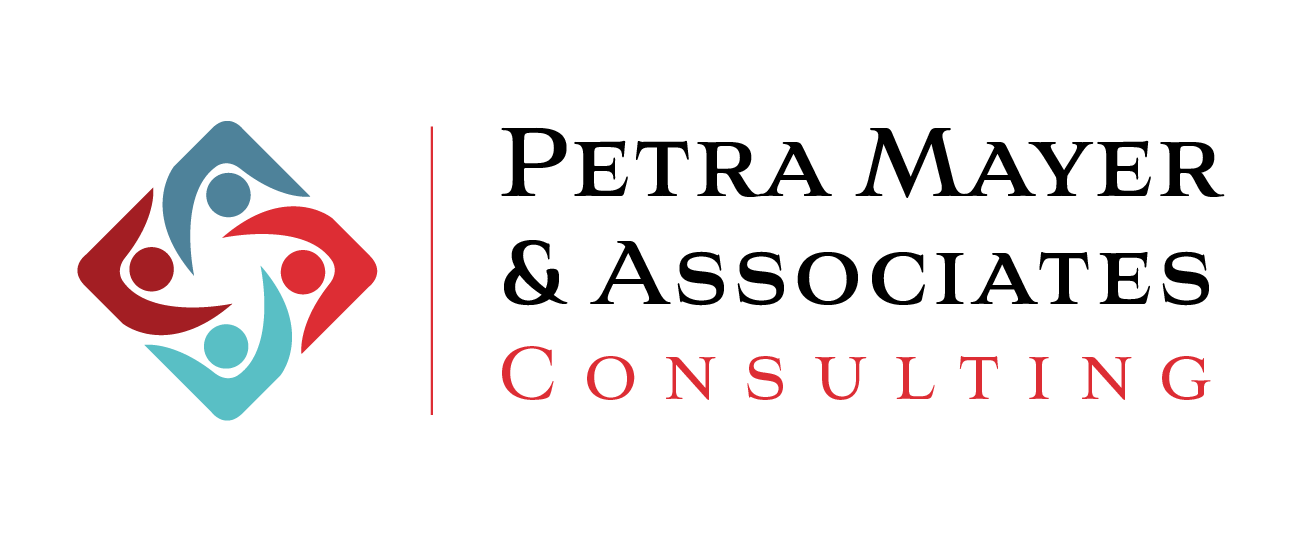As industries continue to innovate and expand, new job roles are being created in organizations that require a higher level of due diligence regarding workplace safety.
Whether working in manufacturing plants, busy warehouses, construction sites, or anywhere else, personal safety can be at risk, organizations are increasingly relying on rigorous training programs to reduce their work-related safety incidents.
However, the reality is that while workplace training is an essential component of keeping employees safe on the job, not everyone gives safety briefings or procedures the attention they deserve. This is where a safety incentive program can be invaluable.
Why Traditional Safety Training Often Falls Short
Even though organizations may have the best intentions when creating a comprehensive safety program for their employees, they aren’t always successful when encouraging the level of participation or attention they deserve.
These can be caused by many issues, including:
- Lack of Engaging Material – During safety briefings, staff members are often exposed to several lengthy instructions or long manuals that can quickly lead to many people losing focus or becoming disengaged over longer periods.
- Information Overload – When feeling overwhelmed during long, repetitive training sessions, employees can often struggle to retain critical safety concepts or procedures. This can lead to confusion and make it more likely to not apply what they learned to real-life scenarios when needed.
- Heavy Focus on Compliance – Although compliance is an important element for different industries, an overemphasis on rules and penalties associated with safety issues can lead to a more reactive mindset rather than encouraging employees to actively identify and address potential hazards before they become an issue. This can lead to a culture of fear and blame, where employees are hesitant to report near misses or safety concerns for fear of reprisal.
- Generic Training Approaches – Generic training programs often fail to address the specific risks and challenges faced by different departments or roles within an organization. Tailoring training programs to the specific needs of each department or role while also looking for ways to incentivize their involvement is often a more successful approach.
The Benefits of Creating an Incentive Program
When it comes to increasing employee engagement around various topics in an organization, incentive programs can be a great way to support your efforts. When designing an incentive program intended to improve safety awareness, you can offer tangible rewards tied to various actions.
Incentive programs are highly flexible and can be formatted to focus on information retention, celebrate a certain amount of participation or achievements when following safety protocols, or simply help increase attendance at optional safety awareness meetings.
The psychology of positive reinforcement explains why incentive programs can be so effective. When employees take a certain action or show a specific behavior and are rewarded with a gift card or another form of appreciation, it makes it more likely that they will continue to respond the same way.
Safety incentive programs can lead to many positive benefits for an organization, including:
- Fewer Accidents and Injuries
- Better Company Morale
- Increased Productivity Levels
- Improved Staff Retention
By taking the time to design a safety incentive program that’s both engaging to employees and achieves the desired business results, you can significantly reduce the likelihood of work-related incidents.
How to Design an Effective Safety Incentive Program
Before you create a safety incentive program for your business, there are some important steps you’ll want to take to ensure its effectiveness:
1. Set Clear Goals
Establishing clear goals for your safety incentive program is important to ensure you’re able to achieve your business goals. For example, your goal could be to reduce workplace injuries by 15% within the year or to have at least a 90% pass rate on safety tests or certification programs.
Regardless of the goals of your incentive program, having clear goals established ahead of time will help you gauge whether or not the program will be effective in the long term.
2. Establish Metrics
You can use several metrics to successfully track the progress of your program. While every business is unique, and the metrics you wish to track may be different from another organizations, you’ll want to make sure that all of your metrics are objective and quantifiable.
Most businesses use common metrics to evaluate their safety programs, including tracking the number of safety incidents reported in a given period, attendance rates in safety briefings, or employee feedback scores after training.
3. Use Meaningful Rewards
One of the most important ways to improve the success rate of your safety incentive program is to choose meaningful rewards that can be used. Considering that not all of your employees might feel incentivized by the same type of reward, this can take some time to consider and may even mean including various rewards to test or allow employees to choose their own.
While gift cards and other monetary rewards can be a great place to start, there are several different options you can consider. For example, you could potentially include extra paid time off or scheduling flexibility to gain more engagement from employees.
4. Provide Transparent Communication
It’s important to ensure that everyone in the organization understands the rules and rewards of the program you put in place. You should communicate any expectations through company meetings or safety committee briefings to make sure there is no confusion on how the program works.
You’ll also want to take the time to regularly communicate about the program’s progress, highlighting successes and milestones achieved. This transparency fosters trust and helps employees stay engaged with the program. Additionally, address any concerns or questions that employees may have in a timely and open manner to ensure everyone feels comfortable participating.
5. Encourage Full Participation
To maximize the effectiveness of your safety incentive program, you’ll want to ensure participation from all stakeholders. Since the importance of safety procedures at work isn’t limited to junior employees, all members of the organization should be active participants in the program.
Measuring the Success of Your Safety Incentive Program
Over time, you’ll want to be able to measure how successful your safety incentive program has been. This involves evaluating the metrics you established initially and analyzing the outcomes.
Another way you can measure the success of your program is by conducting anonymous surveys with your employees. Anonymous surveys can provide valuable feedback from employees, revealing how satisfied they are with incentives being offered and understanding their own suggestions on how to improve the program.
By identifying areas for improvement, you can make data-driven decisions to improve the program’s effectiveness. If participation rates are low in certain areas, create incentives or communication strategies to better engage those employees. If specific rewards aren’t motivating enough, look for alternatives that align better with employee preferences.
Make Your Workplace Safety Initiatives a Priority for Employees
Safety incentive programs can be an effective way to encourage a more proactive safety culture in the workplace. By moving beyond traditional training methods and looking for a more engaging and rewarding approach, organizations can incentivize their employees to become active participants in creating a safer work environment.
ABOUT THE AUTHOR
CINDY MIELKE
Cindy is passionate about the incentive industry. In addition to her role as Vice President of Strategic Partners at Tango, she is a Certified Professional of Incentive Management who proudly serves on two industry boards. When she’s not working, Cindy enjoys spending time with her family—including three cats, two dogs, and a horse—and sharing her love of nature as a Nebraska Master Naturalist.


